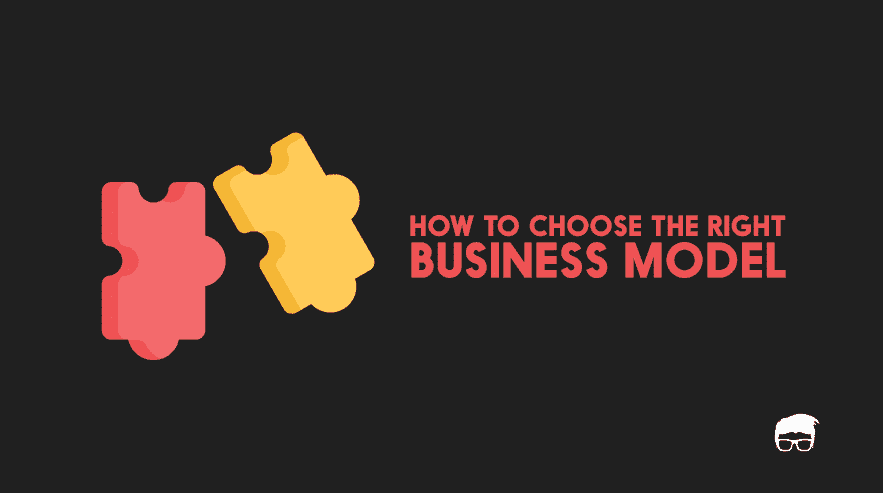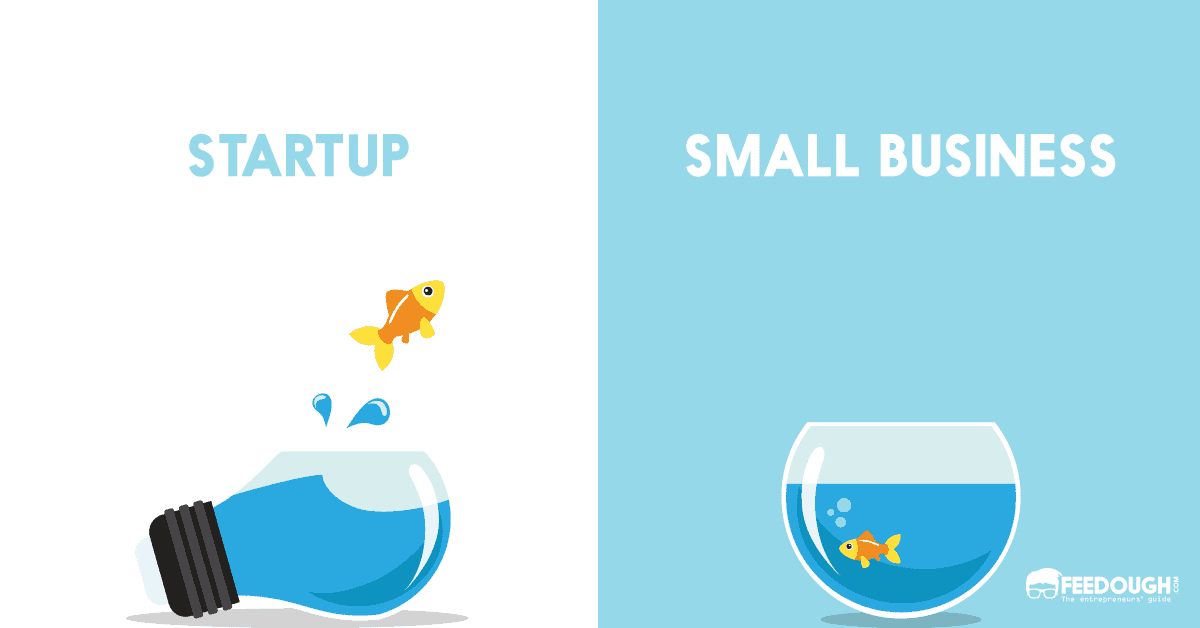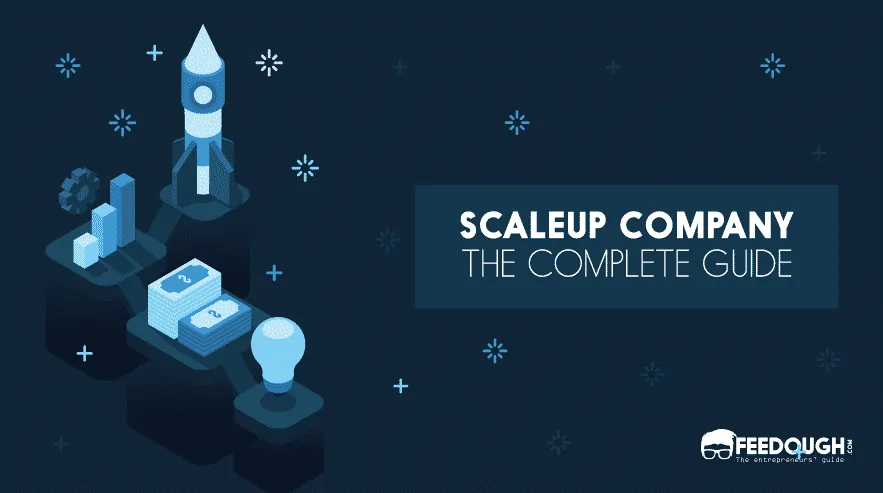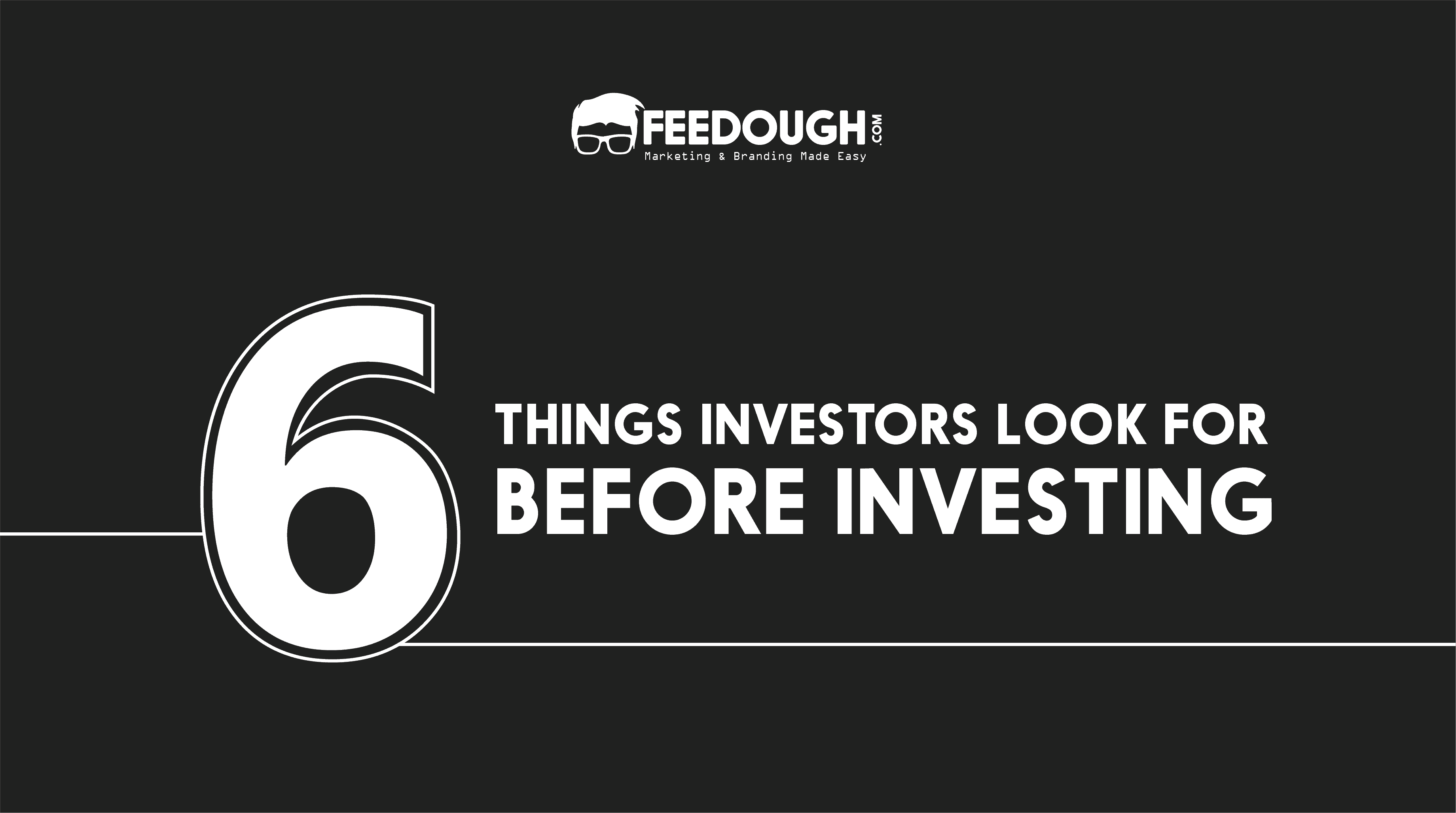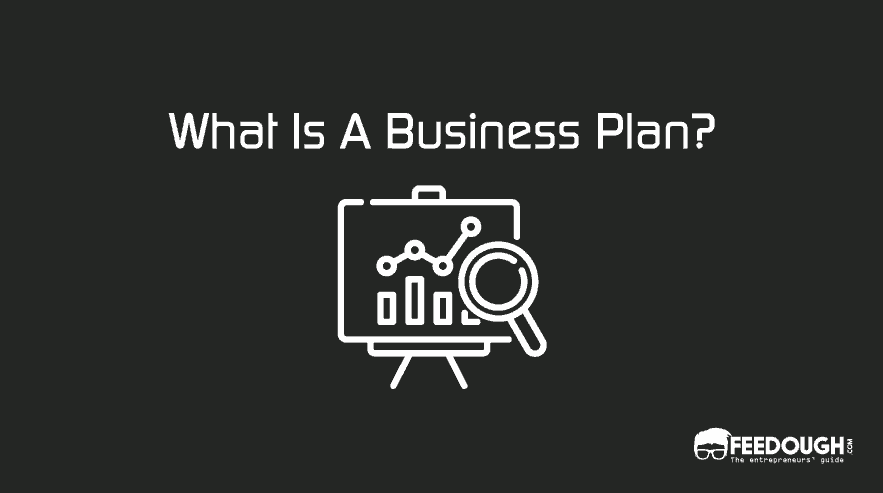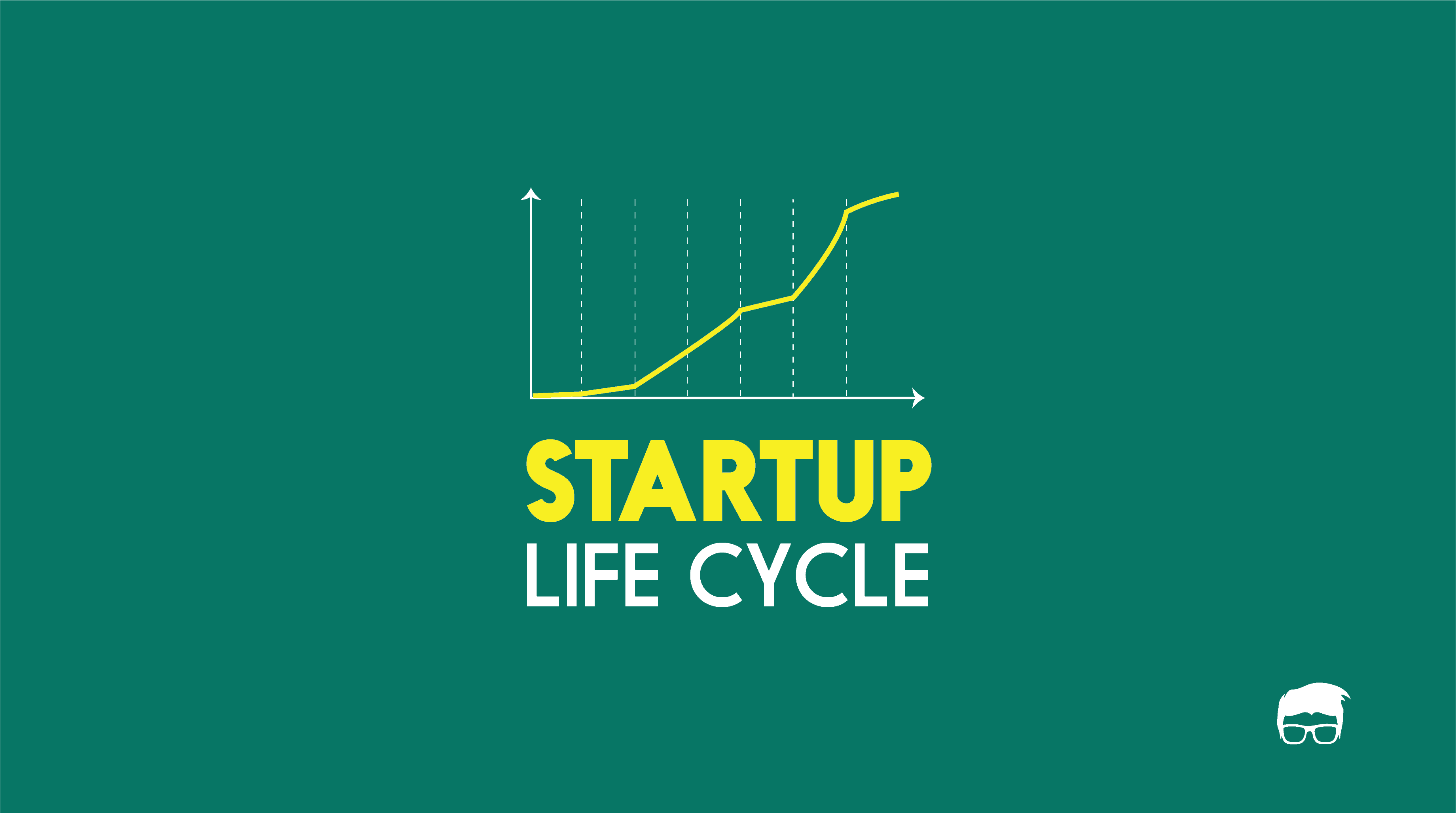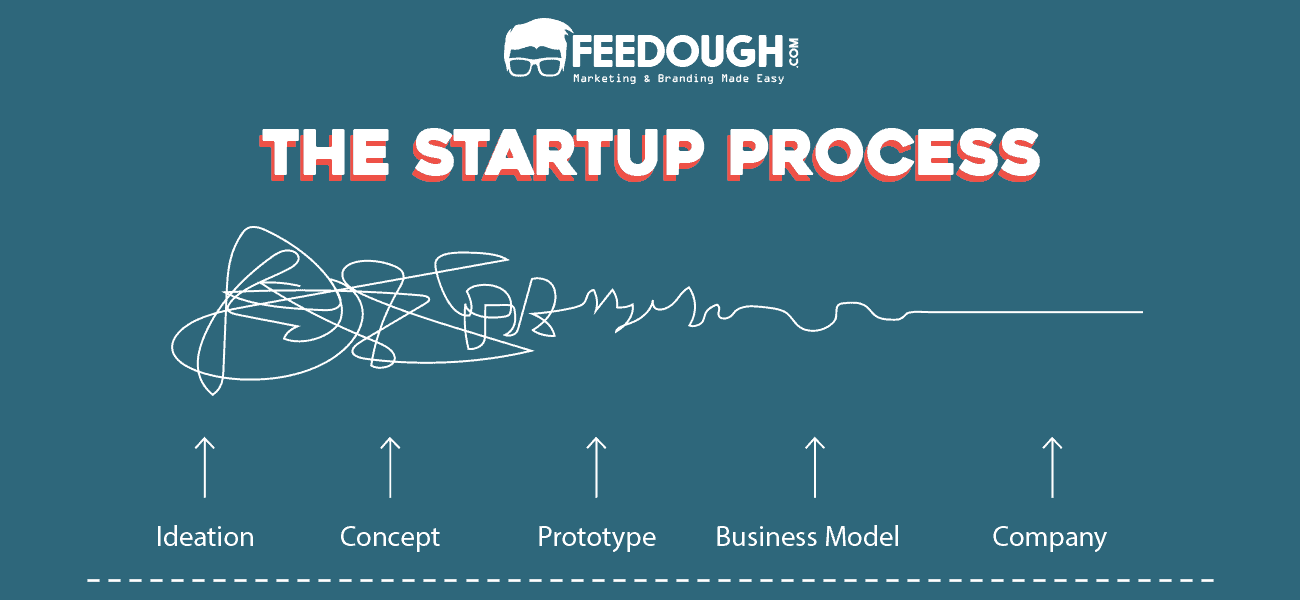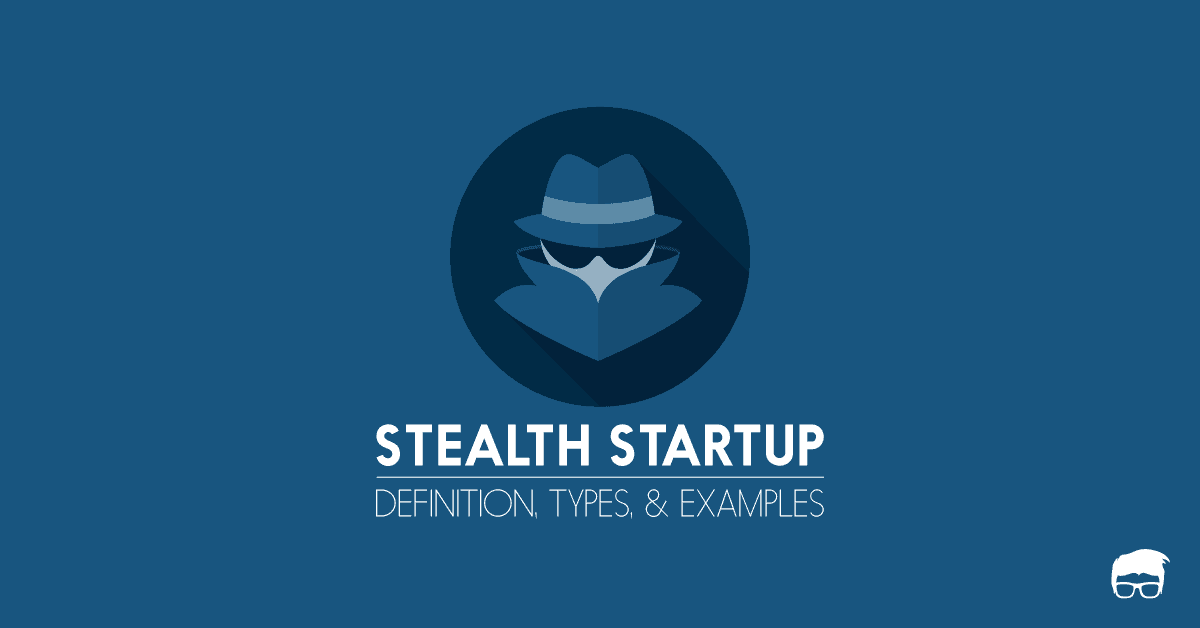Did you know that more than 100 million business startups are launched around the globe every year? That is roughly 3 startups per second. Undoubtedly, it is a highly competitive world for a growing entrepreneur and making sure a business idea fits in with the existing market is very important.
Understanding the economic value of a product, service or technology before launching it officially into the market helps in assessing the revenue generated as well as the profits it will make. The right business model will predict the revenue accurately and provide you with a chance to innovate and re-model your business plans if the outcome predicted is undesirable.
Factors To Keep In Mind Before Choosing A Business Model
If you’ve read our article on what is a business model, you’d agree that every business model intrinsically has three parts:
- Designing & manufacturing the product
- Selling the product
- Making money out of it
Here are 5 factors which you should keep in mind while crafting the business model of your startup.
The Customer
To choose the right business model, the first and the foremost element to be kept in mind is the customer. Rather than selecting a business model which is profitable, and best according to your notion, choose one that adds value to your customer by keeping in mind their needs and understanding how they buy.
Ask these questions before selecting the business model for your startup?
- Who is my customer? (Segment him from the rest of the population based on demographics, psychographics, geographics and behaviour)
- What is his buying patterns?
- What is the problem my offering is going to address?
- How can I design my revenue model which causes the least inconvenience to the customer?
Considering these questions helps in defining the characteristics and qualities of the customer you intend to serve. For example, the well-known mobile application WhatsApp earns money without having to trouble the customers with ads or charging money, unlike many others, hence putting the customer’s needs first.
The Value Proposition
A value proposition is the promise of tangible benefits which a customer will receive from consuming or experiencing the offering.
The value proposition stems from the basic idea of ‘how are you solving the problem of the customers?’. Uber solves the problem of taxi booking by making cabs on demand. Airbnb lets people share their unused property. Google makes the internet seem simple by using its algorithm to help people search what they want.
Your business model revolves around the value proposition capitalization; how the customer will benefit from your offering while benefitting you in terms of the profits. Uber charges commission from the drivers for every customer that comes from its application. Airbnb too runs on a similar commission-based model while Google uses the advertisement-based business model to make the web simpler.
The Market
The next important element to consider is the market potential and the competitive landscape. Getting into a market which has only a few customers and a less potential to grow isn’t a good idea. Craft your business model in a way to serve a growing market where people are not hesitant to try newcomers.
Take Java for example, the language was designed for interactive television in 1991, which evidently didn’t work at that time. Nevertheless, a simple tweak in the business model made the language open for all web browsers and made Java what it is today.
But it is not always easy to create a new market and sometimes there’s no other choice but to compete with the big players in the market. Well, diving into an industry where there are established players with the majority of the market share is really hard but you can incorporate strategies like effective segmenting and use network effect and freebies in your business model to attract more customers.
Use industry reports, Google Adwords, and Think With Google reports to find the most suitable market segment for your business. Study how the existing players serve the customers and how and how much are they earning. Use their company forums and public forums to collect information on unaddressed customer issues and capitalize on them if they are worth the effort.
Building a prototype and distributing it via a direct sales force, retail stores, eCommerce site, etc. can also help determine the viability of your business model in the current market scenario.
Scalability
Scalability is an important factor for the successful growth of a business. It refers to the ability of a business to handle the increasing demands of the market in a way which improves profit margin while sales volume (the number of units sold within a reporting period) increases. Although the implementation of scalability should be taken up only after the business becomes profitable, it should be included in the company’s vision from initial days itself. The startup will reduce its chances of success/growth if it fails to consider scalability as one of the factors while designing a business model.
Costs
Costs, both monetary and non-monetary, play a very important role in deciding the business model of your startup. If you have high costs to run the startup but can’t afford to charge the same to the end consumers, your business model can include strategic relationships to overcome that limitation.
Onesignal is a push notification SAAS which lets the website owners send push notifications to thousands (and even millions) of their followers for free. However, to cover the costs and make profits, it shares the data of those website subscribers with its clients.
Get The Ultimate Feedback With A Prototype
The most valuable feedback for a business startup is whether someone will buy your product. Researching and gathering information on the potential of your product/service can be helpful only to an extent. People spend years and money trying to research on what the people like without asking them if they would buy it for a certain price. A prototype with even the basic features of your desired product/service can help determine the answer to this question. For example, BMA products (BMA liquid Dish Wash, BMA Bleach, BMA Body Spray, etc.) were first introduced in 2012 by selling, packaging and distributing it to the people for feedback to understand its market potential.
A business model is something that can change with time but ensuring your business model has the right mix of important elements like being repeatable, scalable, predictable and ultimately profitable, will definitely increase the chances of your success in entrepreneurship. Strive hard to make your business a long-term success and if the first few steps like an effective business model lay a strong foundation, your business will someday yield incredible results.
The Startup Process
We know how important your dream business is to you. Therefore, we’ve come up with an all in one guide: The Startup Process to help you turn your vision into reality.
Started off as a pilot but took the road of entrepreneurship. Ask me anything about the changing trends and the startup ecosystem.
